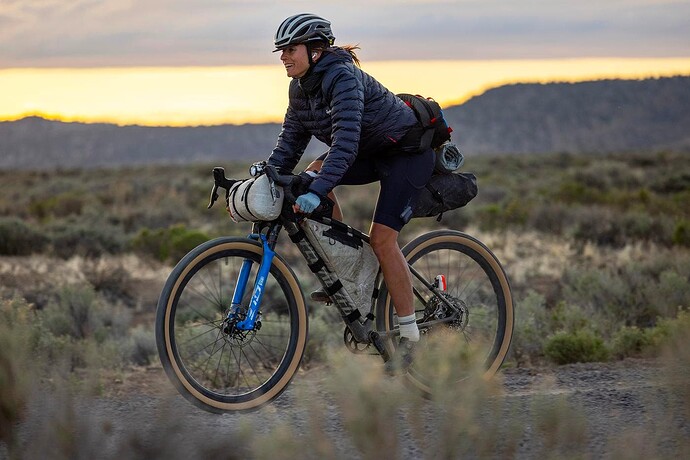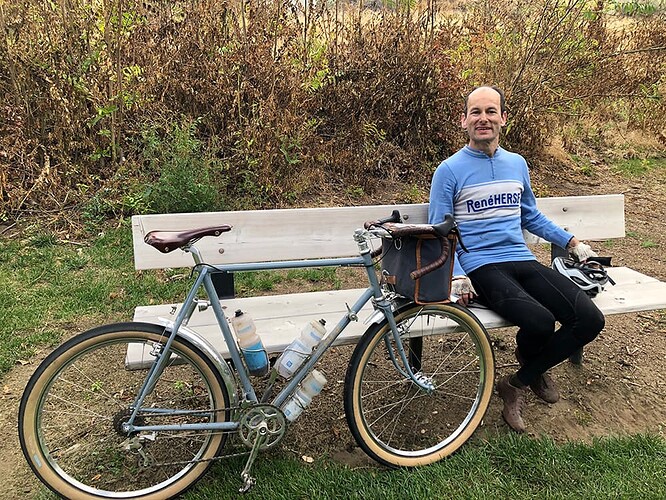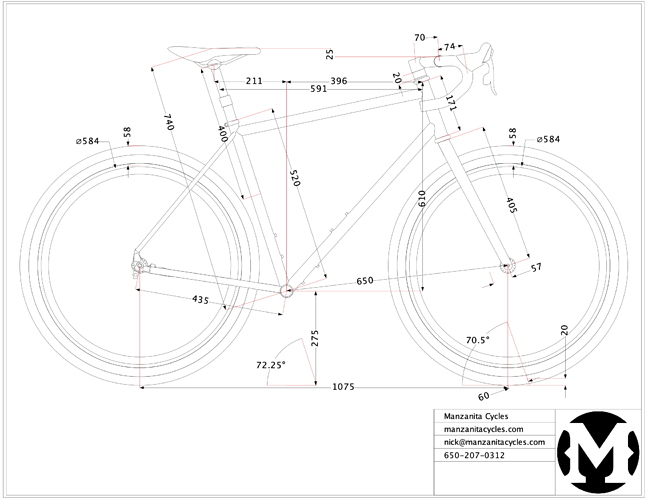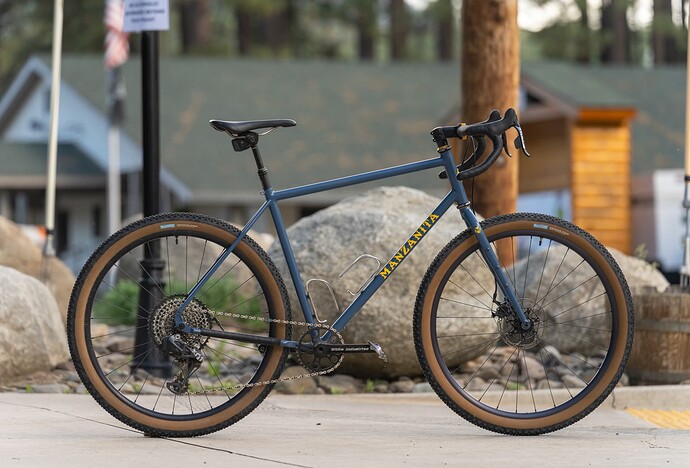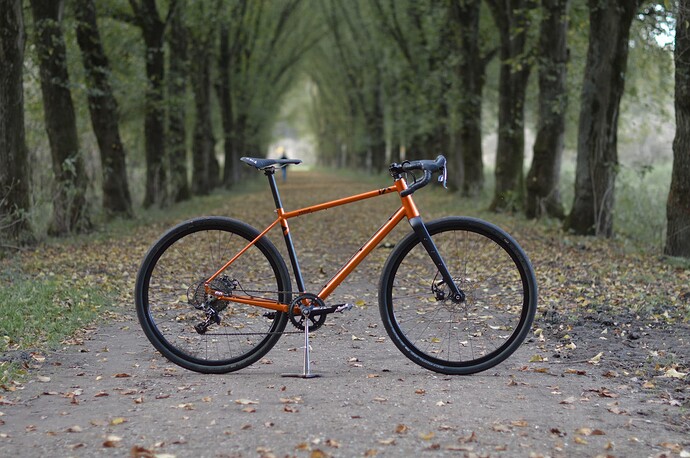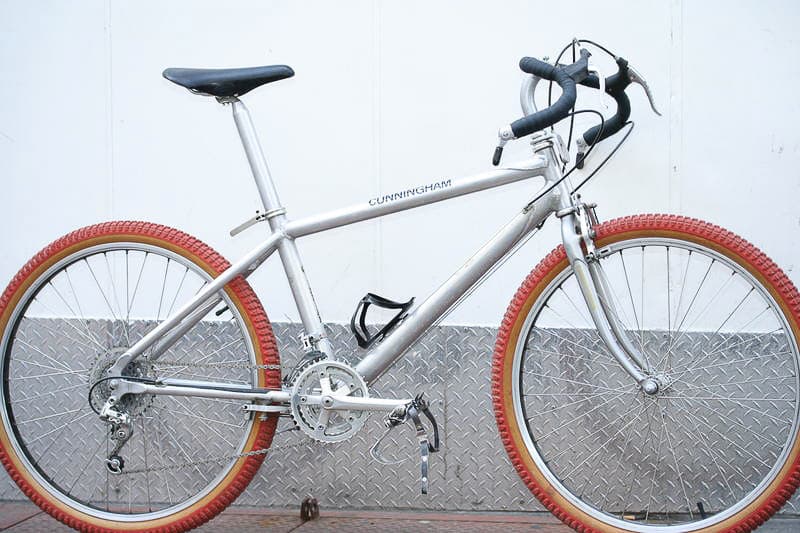I’ve talked about this a lot with my dad. I bring him up because he’s (frustratingly still) a heckuva lot faster than me or anyone I know on anything that requires fitness, and as a result he’s done well at most gravel, road, and xc mtb events you can think of in the western US. He rides an Open O-1.0 with a remote lockout stepcast 32 on anything gravelly that involves any dirt whatsoever, and here’s his reasoning:
- When set up with carbon wheels and light (Thunder Burt, Renegade, Furious Fred, etc) tires, the bike weighs ~18lbs**, so he’s not lugging around much excess weight
- When set up in an “xc” like position (slammed stem and flat bar trimmed to 720mm (gasp)) he’s not that un-aerodynamic for any sections of a ride where that’s important
- If the terrain ever gets rough, he can unlock the fork immediately with the remote and have 100mm of travel to soak up the bumps and keep the front tire in contact with the ground, which is important for cornering quickly
** A caveat here is that he’s an old man and doesn’t believe in dropper posts. While I disagree with him here, not having a dropper post does cut down on the weight.
The thinking is that a (very) light hardtail mountain bike with the right tires isn’t a ton slower on the pavement than a gravel bike is, but it’s a ton faster on anything remotely resembling singletrack. Anyone reading this that was at the ENVE Grodeo last year on a gravel bike probably remembers being passed by a 62yo man on the singletrack descent for this reason.
His opinion is mostly formed by what allows him to go faster, and while I totally understand that there’s more to riding a bike than just going fast, I think it is interesting to look at what’s going on on his bike that makes him faster. To me it seems that a big reason it’s faster to have a mtb on singletrack is that the equipment is more suited to the terrain and thus generally more comfortable and therefore enjoyable. It’s less fatiguing. As you’ve pointed out, it sucks to ride down trails all hunched over in the drops, namely because it is uncomfortable. Underbiking can be fun, but so can normal biking.
I think part of the reason that gravelling has been so successful is that the marketing preys on all of our desires to feel like a hero. It feels cool and heroic to ride something on a woefully inequipped gravel bike that “normal people” would “only ride on a mountain bike.” Like you’re some kind of underdog pulling something off. Especially when you spray about it on social media. I mean seriously, you should have heard some of the self congratulatory toxic gravel-bro BS at the bottom of the Grodeo singletrack descent -  . It’s certainly an effective marketing tactic, but it doesn’t hold up to the sort of thinking we apply to other disciplines of cycling, where we generally suit bikes to the terrain.
. It’s certainly an effective marketing tactic, but it doesn’t hold up to the sort of thinking we apply to other disciplines of cycling, where we generally suit bikes to the terrain.
It’s not hard to notice that most people who do well at most feats and races, regardless of discipline or category, race on bikes that are exactly suited to the terrain. They don’t underbike or overbike. An interesting - albeit dated - example of this is Jared Graves winning the 2010 Sea Otter Classic Downhill race on a 4x bike, when all of his competition used DH bikes (overbiked). The course isn’t technical by any means, so he opted for a lighter and more maneuverable bike - one more suited to the terrain - and he was faster than the overbikers as a result. Maybe we can call his cunning-but-obvious move “correctbiking”… or maybe just biking?
To sum this up into the requested hot take: gravel bikes are dumb, get over yourself and get/build a light xc hardtail instead. If you wanna fight me about this you’ll have to catch up to me on a singletrack descent on your gravel bike… and you won’t.


